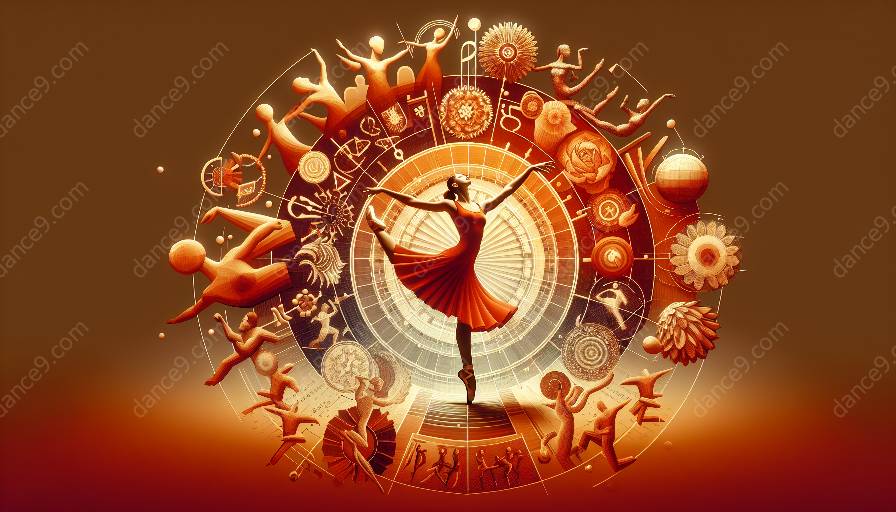In the field of dance anthropology and studies, the interplay between colonial legacies and dance representations has become an increasingly significant area of exploration. From traditional folk dances to contemporary performance art, the influence of colonization on dance forms and cultural representations is profound and multifaceted. This article aims to delve deeply into this topic, examining the impact of colonialism on dance, the representation of indigenous cultures through dance, and the ways in which post-colonial perspectives are reshaping the understanding of dance and cultural identity.
The Influence of Colonialism on Dance Forms
Colonialism has left an indelible mark on the evolution of dance forms across the globe. As European powers expanded their empires, they brought their own cultural traditions and imposed them on indigenous populations, often suppressing or marginalizing local dance practices. The resulting fusion of indigenous and colonial dance forms gave rise to new, hybrid styles that reflect the complex dynamics of cultural interaction and power imbalances.
The dance forms that emerged during colonial periods often served as a form of resistance and resilience, allowing oppressed communities to express their identity and solidarity in the face of adversity. These dances carry within them the embodied histories of colonial encounters, serving as a living testament to the resilience of indigenous cultures in the face of domination.
Cultural Representation through Dance
Dance has long been a vehicle for cultural representation, and in the context of colonial legacies, it takes on added significance as a means of reclaiming and asserting cultural identity. The representation of indigenous cultures through dance serves as a powerful tool for challenging colonial narratives and reclaiming agency in the portrayal of marginalized communities.
Through dance, communities are able to showcase their unique cultural heritage, traditions, and stories, countering the homogenizing effects of colonization. This reclamation of cultural representation through dance not only preserves traditional forms but also allows for their adaptation and evolution, thereby ensuring their relevance and vitality in contemporary contexts.
Post-Colonial Perspectives and Dance Anthropology
Within the realm of dance anthropology, post-colonial perspectives have played a pivotal role in reshaping the understanding of colonial legacies and dance representations. By critically examining the power dynamics and cultural hierarchies inherent in colonial encounters, dance anthropologists are able to deconstruct and interrogate the ways in which dance has been used as a tool of colonial oppression and resistance.
Moreover, post-colonial perspectives in dance anthropology emphasize the importance of centering the voices and experiences of indigenous communities, enabling a more nuanced and empathetic understanding of the impact of colonialism on dance forms and cultural representation. This approach fosters a more inclusive and ethical engagement with dance traditions, ensuring that they are approached with respect and sensitivity to their historical and socio-cultural contexts.
Conclusion
As we navigate the complex terrain of colonial legacies and dance representations, it is imperative to recognize the enduring impact of colonization on dance forms and cultural expression. By understanding the ways in which colonial encounters have shaped dance traditions and representations, we can work towards honoring and preserving the diverse cultural legacies embedded within them. Through a critical engagement with post-colonial perspectives, dance anthropology and studies are poised to contribute meaningfully to the decolonization of dance, fostering a more equitable and inclusive landscape for the expression of diverse cultural identities through movement and embodiment.

















